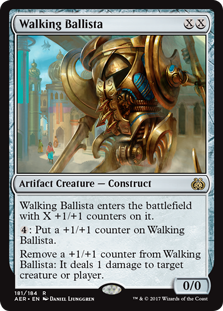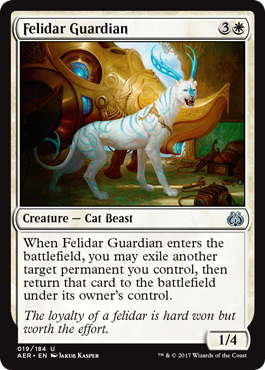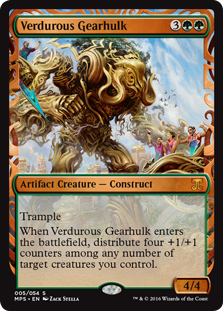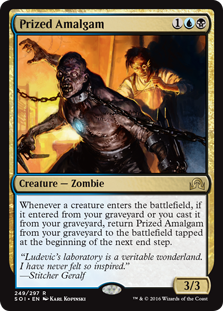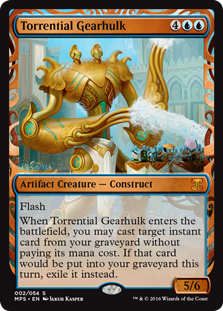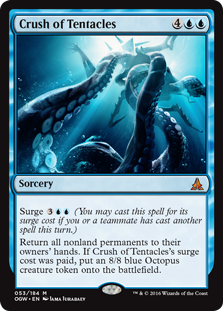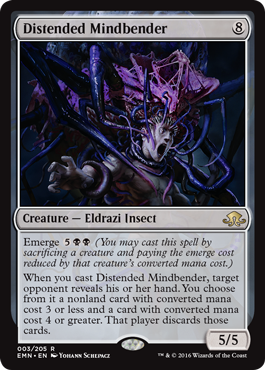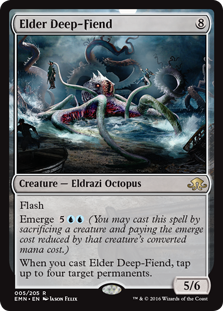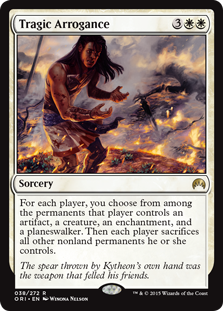One of These Decks Will Be the Most-Played at PT Dublin…
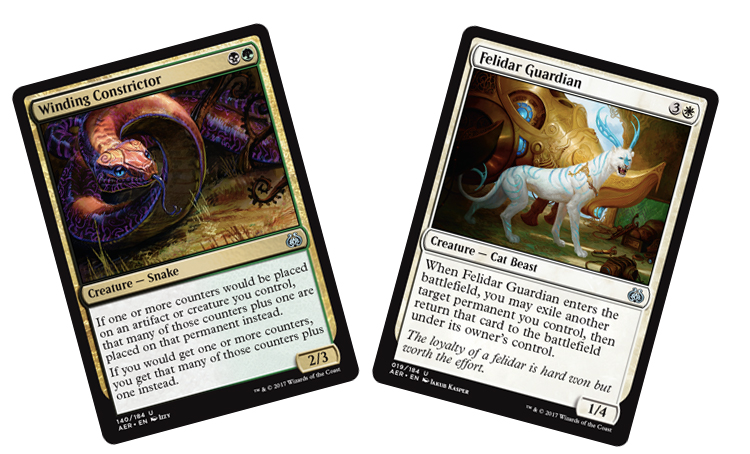
One of these decks will be the most played archetype at PT Dublin…
Will it be “Copy Cat”, that combination of Saheeli Rai and Felidar Guardian?
Will it be one of the many flavors of green-black (or should we say black-green) Delirium Energy? Grim Flayer or Glint-Sleeve Siphoner?
… One of these two will be the most played archetype at Pro Tour Dublin 🙂
Innovations in Copying Cats… Cut a Cat?
The once and (presumably) future king, Dylan Donnegan took down the most recent SCG Open with his take on Copy Cat Control… A true Jeskai Control deck, Donnegan went with multiple copies of Fumigate main deck, and cut one of his sacred cows (err… cats)!
How did he accomplish this?
Enter: Nahiri, the Harbinger
Nahiri, the Harbinger does something special in this deck. For one thing, it is synergistic with Donnegan’s strategy as a Control deck. Nahiri’s [+2] ability is reminiscent of the value offered by Oath of Jace to this strategy. As a Control deck, you can often have the “wrong” answer… Fumigate against an opposing defensive deck, say. You can also dump an instant for purposes of being flashed back by Torrential Gearhulk (whether you cast Torrentual Gearhulk or use Nahiri to find it).
Nahiri lets Jeskai Control-type decks to go Superfriends with Saheeli Rai. It removes certain problem permanents (e.g. Always Watching). And it completes the combo!
One of the reasons Donnegan was able to cut a Felidar Guardian is that Nahiri, the Harbinger can go and find the copy necessary to complete the combo, when Ultimate! Get there!
Observations on Black-Green
Winding Constrictor is “weirdly” good, and format-warping. If you have Winding Constrictor in play, there is a greater incentive to go wide with Verdurous Gearhulk, rather than go tall. Every creature you put a +1/+1 counter on gets two +1/+1 counters, remember.
This color combination has an overabundance of riches. You have have to choose between Grim Flayer and Gifted Aetherborn as possible two drops… In addition to Winding Constrictor, Walking Ballista, Servant of the Conduit, etc. etc.
Get ready for PT Dublin!

